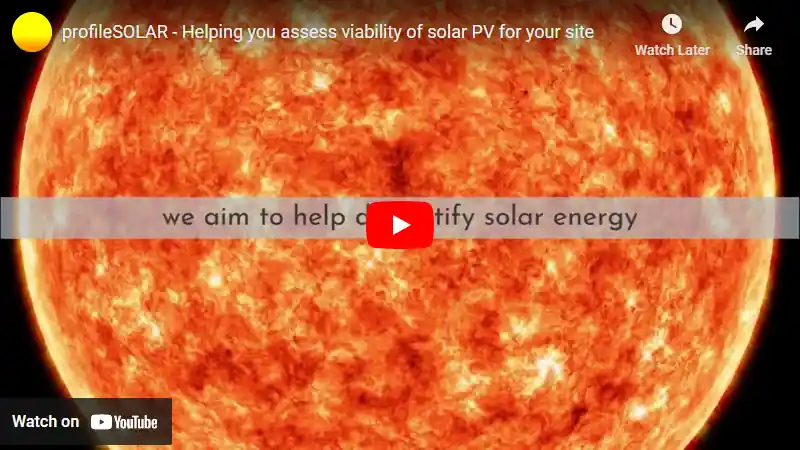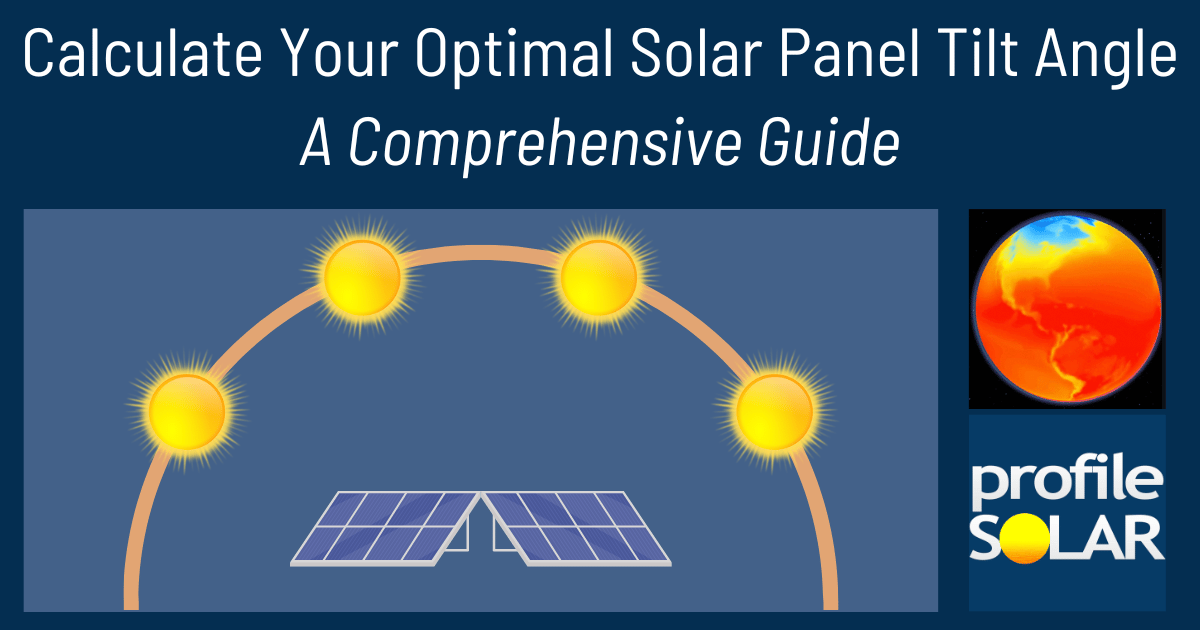

Ivybridge, England, United Kingdom, located at coordinates 50.3826, -3.9193, provides a moderate location for solar PV energy generation with significant seasonal variations. The town, situated in the Northern Temperate Zone, experiences considerable differences in solar electricity production throughout the year.
Seasonal Solar Production
Solar panels in Ivybridge demonstrate clear seasonal patterns in energy output. Summer months yield the highest production at 5.78kWh per day for each kilowatt of installed capacity. Spring follows as the second most productive season with 4.87kWh/day. Autumn sees a substantial drop to 2.45kWh/day, while winter months produce only 1.07kWh/day per kilowatt installed.
This pattern creates a roughly 5:1 ratio between the best and worst seasons, with summer producing more than five times the electricity of winter months. For homeowners and businesses considering solar installation, this means that while annual production can be substantial, winter months will require significant grid supplementation or energy storage solutions.
Optimal Panel Installation
For maximum year-round energy production in Ivybridge, England, fixed solar panels should be installed at a 42-degree tilt facing South. This specific angle has been calculated to optimize annual energy capture based on the location's latitude and seasonal sun paths.
Environmental and Weather Considerations
Several local factors may impact solar production in Ivybridge:
- The maritime climate of Devon can bring frequent cloud cover and rainfall, particularly during autumn and winter months, further reducing production during already low-yield periods.
- Morning fog from the nearby moors and river valley can delay full production on otherwise sunny days.
- Proximity to Dartmoor may create localized weather patterns with increased precipitation.
Preventative Measures
To maximize solar production despite these challenges, consider these installation recommendations:
- Use high-efficiency panels rated for diffuse light conditions to improve performance during cloudy periods.
- Install micro-inverters or power optimizers to minimize the impact of partial shading from clouds.
- Implement a robust cleaning schedule to address potential moss growth common in the damp Devon climate.
- Consider slight adjustments to the standard 42-degree tilt if your property has specific microclimate considerations.
- Position panels to avoid any shading from nearby trees, especially those to the south, southeast, and southwest.
While Ivybridge isn't ideal for year-round solar production compared to sunnier regions, the strong summer and spring performance can still make solar PV systems economically viable, especially when properly designed to account for local conditions.
Note: The Northern Temperate Zone extends from 35° latitude North up to 66.5° latitude.
So far, we have conducted calculations to evaluate the solar photovoltaic (PV) potential in 763 locations across United Kingdom. This analysis provides insights into each city/location's potential for harnessing solar energy through PV installations.
Link: Solar PV potential in United Kingdom by location
Solar output per kW of installed solar PV by season in Ivybridge
Seasonal solar PV output for Latitude: 50.3826, Longitude: -3.9193 (Ivybridge, United Kingdom), based on our analysis of 8760 hourly intervals of solar and meteorological data (one whole year) retrieved for that set of coordinates/location from NASA POWER (The Prediction of Worldwide Energy Resources) API:




Ideally tilt fixed solar panels 42° South in Ivybridge, United Kingdom
To maximize your solar PV system's energy output in Ivybridge, United Kingdom (Lat/Long 50.3826, -3.9193) throughout the year, you should tilt your panels at an angle of 42° South for fixed panel installations.
As the Earth revolves around the Sun each year, the maximum angle of elevation of the Sun varies by +/- 23.45 degrees from its equinox elevation angle for a particular latitude. Finding the exact optimal angle to maximise solar PV production throughout the year can be challenging, but with careful consideration of historical solar energy and meteorological data for a certain location, it can be done precisely.
We use our own calculation, which incorporates NASA solar and meteorological data for the exact Lat/Long coordinates, to determine the ideal tilt angle of a solar panel that will yield maximum annual solar output. We calculate the optimal angle for each day of the year, taking into account its contribution to the yearly total PV potential at that specific location.

Seasonally adjusted solar panel tilt angles for Ivybridge, United Kingdom
If you can adjust the tilt angle of your solar PV panels, please refer to the seasonal tilt angles below for optimal solar energy production in Ivybridge, United Kingdom. As mentioned earlier, for fixed-panel solar PV installations, it is optimal to maintain a 42° South tilt angle throughout the year.
| Overall Best Summer Angle | Overall Best Autumn Angle | Overall Best Winter Angle | Overall Best Spring Angle |
|---|---|---|---|
| 34° South in Summer | 54° South in Autumn | 64° South in Winter | 42° South in Spring |
Our recommendations take into account more than just latitude and Earth's position in its elliptical orbit around the Sun. We also incorporate historical solar and meteorological data from NASA's Prediction of Worldwide Energy Resources (POWER) API to assign a weight to each ideal angle for each day based on its historical contribution to overall solar PV potential during a specific season.
This approach allows us to provide much more accurate recommendations than relying solely on latitude, as it considers unique weather conditions in different locations sharing the same latitude worldwide.
Calculate solar panel row spacing in Ivybridge, United Kingdom
We've added a feature to calculate minimum solar panel row spacing by location. Enter your panel size and orientation below to get the minimum spacing in Ivybridge, United Kingdom.
Our calculation method
- Solar Position:
We determine the Sun's position on the Winter solstice using the location's latitude and solar declination. - Shadow Projection:
We calculate the shadow length cast by panels using trigonometry, considering panel tilt and the Sun's elevation angle. - Minimum Spacing:
We add the shadow length to the horizontal space occupied by tilted panels.
This approach ensures maximum space efficiency while avoiding shading during critical times, as the Winter solstice represents the worst-case scenario for shadow length.
Topography for solar PV around Ivybridge, United Kingdom
The topography around Ivybridge, United Kingdom presents a diverse landscape characterized by its position on the southern edge of Dartmoor National Park. This small town in Devon sits at the transition between the rugged moorland to the north and the gentler South Hams countryside to the south, creating a varied terrain that influences its suitability for renewable energy development.
Landscape Features
Ivybridge itself nestles in the valley of the River Erme, which descends from the heights of Dartmoor and flows through the town. The town's name derives from the medieval bridge that crossed this river. The terrain rises significantly to the north, with Dartmoor's granite uplands creating elevated plateaus and tors that dominate the horizon. These moorland areas typically range from 300-600 meters above sea level, with some peaks exceeding this height. To the south and east of Ivybridge, the landscape transitions to a more undulating countryside with rolling hills, agricultural fields, and scattered woodlands typical of the South Hams district. This area features gentler slopes and broader valleys compared to the stark moorland terrain. The elevation gradually decreases as one moves southward toward the coast, which lies approximately 10-12 kilometers away.Solar PV Suitability
When considering areas near Ivybridge most suited for largescale solar PV installations, several factors come into play including slope aspect, land use, and environmental designations. The south-facing slopes of the hills to the south and southeast of Ivybridge offer promising potential for solar development. These areas benefit from favorable sun exposure throughout the day while being outside the protected boundaries of Dartmoor National Park. The gently rolling agricultural land between Ivybridge and the coastal areas of Modbury and Yealmpton contains parcels that could accommodate larger installations without significant visual impact on protected landscapes. The areas east of Ivybridge toward South Brent and Wrangaton feature some relatively flat plateaus and south-facing inclines that would be technically suitable for solar arrays. These locations offer good solar gain potential while being accessible to existing infrastructure and grid connections. It's worth noting that while the elevated areas of Dartmoor might receive good solar radiation, they are largely protected by National Park designation, which significantly restricts development possibilities. Additionally, the steeper terrain and ecological sensitivity of these areas make them generally unsuitable for largescale installations. The transitional farmland zone that forms a rough arc from the southwest through south to southeast of Ivybridge represents the most practical opportunity for solar development. This area combines favorable topography with proximity to existing infrastructure while minimizing impact on the most sensitive landscapes. Particular attention might be directed to the agricultural lands between Ivybridge and Modbury, where some larger field systems on south-facing aspects could potentially accommodate commercial-scale solar arrays.United Kingdom solar PV Stats as a country
United Kingdom ranks 14th in the world for cumulative solar PV capacity, with 13,689 total MW's of solar PV installed. This means that 4.00% of United Kingdom's total energy as a country comes from solar PV (that's 20th in the world). Each year United Kingdom is generating 203 Watts from solar PV per capita (United Kingdom ranks 25th in the world for solar PV Watts generated per capita). [source]
Are there incentives for businesses to install solar in United Kingdom?
Yes, there are several incentives for businesses wanting to install solar energy in the United Kingdom. The UK government offers a Feed-in Tariff (FiT) scheme which pays businesses for every unit of electricity they generate from their solar panels. Additionally, businesses may be eligible for tax reliefs such as Enhanced Capital Allowances and Renewable Heat Incentives. Finally, some local authorities offer grants or other financial support to help businesses with the cost of installing solar energy systems.
Do you have more up to date information than this on incentives towards solar PV projects in United Kingdom? Please reach out to us and help us keep this information current. Thanks!
Citation Guide
Article Details for Citation
Author: Aaron Robinson
Publisher: profileSOLAR.com
First Published: Friday 2nd of May 2025
Last Updated: Saturday 3rd of May 2025
Tell Us About Your Work
We love seeing how our research helps others! If you've cited this article in your work, we'd be delighted to hear about it. Drop us a line via our Contact Us page or on X, to share where you've used our information - we may feature a link to your work on our site. This helps create a network of valuable resources for others in the solar energy community and helps us understand how our research is contributing to the field. Plus, we occasionally highlight exceptional works that reference our research on our social media channels.
Feeling generous?

Share this with your friends!


Compare this location to others worldwide for solar PV potential
The solar PV analyses available on our website, including this one, are offered as a free service to the global community. Our aim is to provide education and aid informed decision-making regarding solar PV installations.
However, please note that these analyses are general guidance and may not meet specific project requirements. For in-depth, tailored forecasts and analysis crucial for feasibility studies or when pursuing maximum ROI from your solar projects, feel free to contact us; we offer comprehensive consulting services expressly for this purpose.
Helping you assess viability of solar PV for your site
Calculate Your Optimal Solar Panel Tilt Angle: A Comprehensive Guide
Enhance your solar panel's performance with our in-depth guide. Determine the best tilt angle using hard data, debunk common misunderstandings, and gain insight into how your specific location affects solar energy production.







